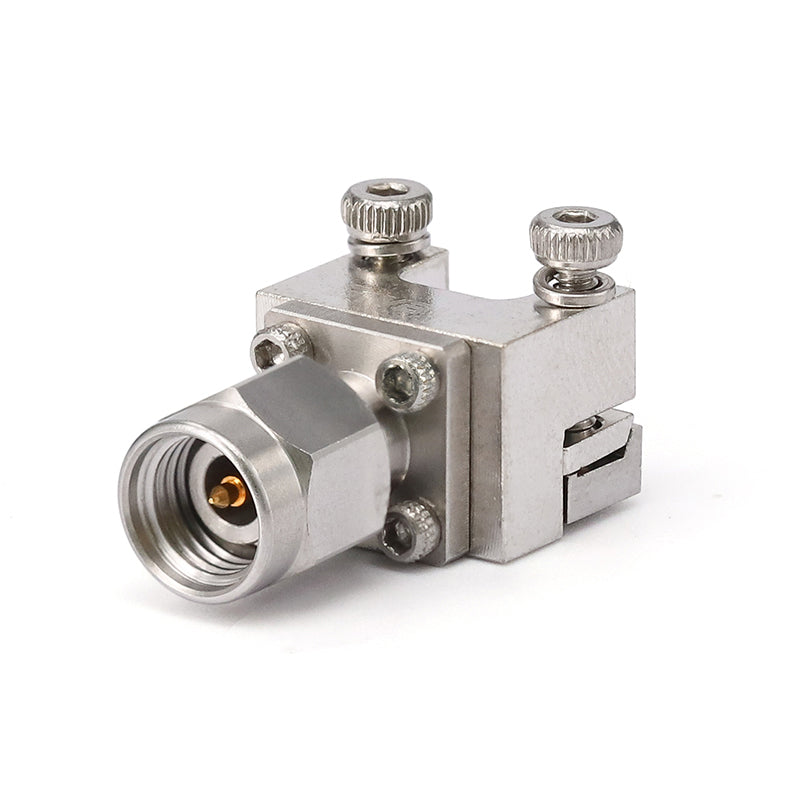yefj
Advanced Member level 5

Hello I have a connector .we match 0.27mm microstrip trace to the connector using a taper.I know that a taper is transformer between impedances. given the connector shown below what kind of taper do you reccomend to build for proper transition of coax to microstrip?
Thanks.

 gwavetech.com
gwavetech.com


Thanks.

Shop 2.92mm End Launch Connectors Online - Gwave Technology Inc
Get premium 2.92 End Launch Connectors online at Gwave Technology Inc. Designed for high-frequency applications, ensuring reliability. Shop now!
 gwavetech.com
gwavetech.com

